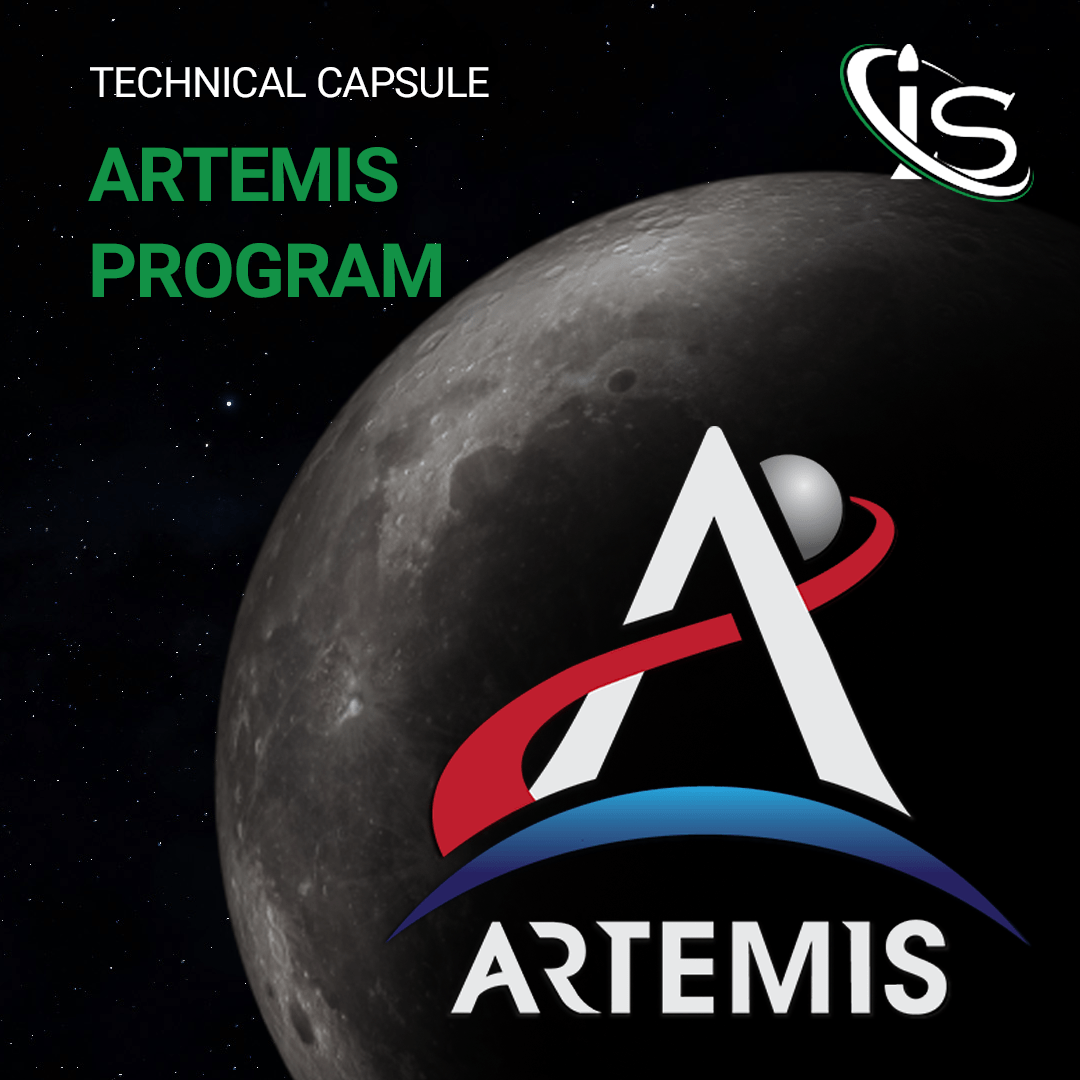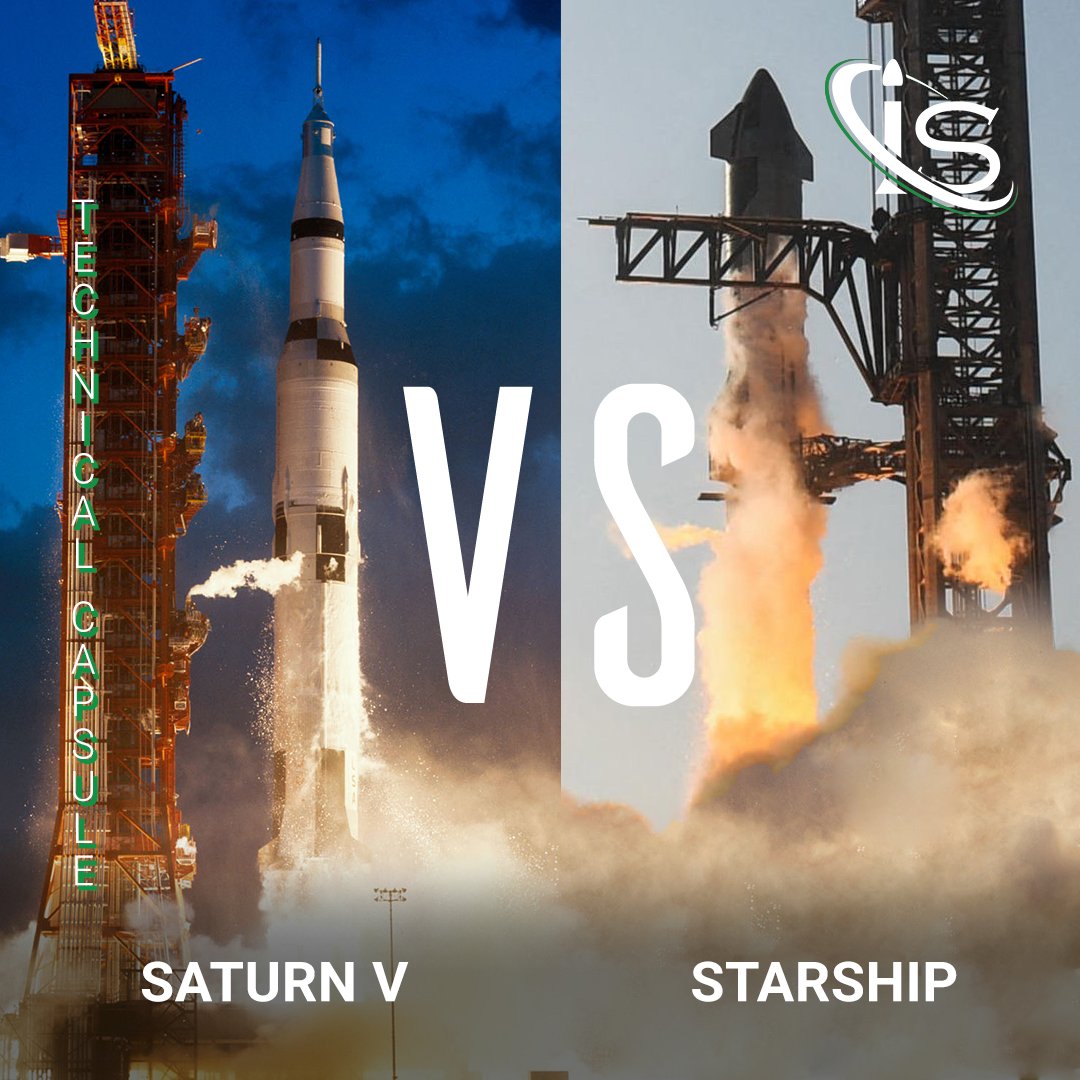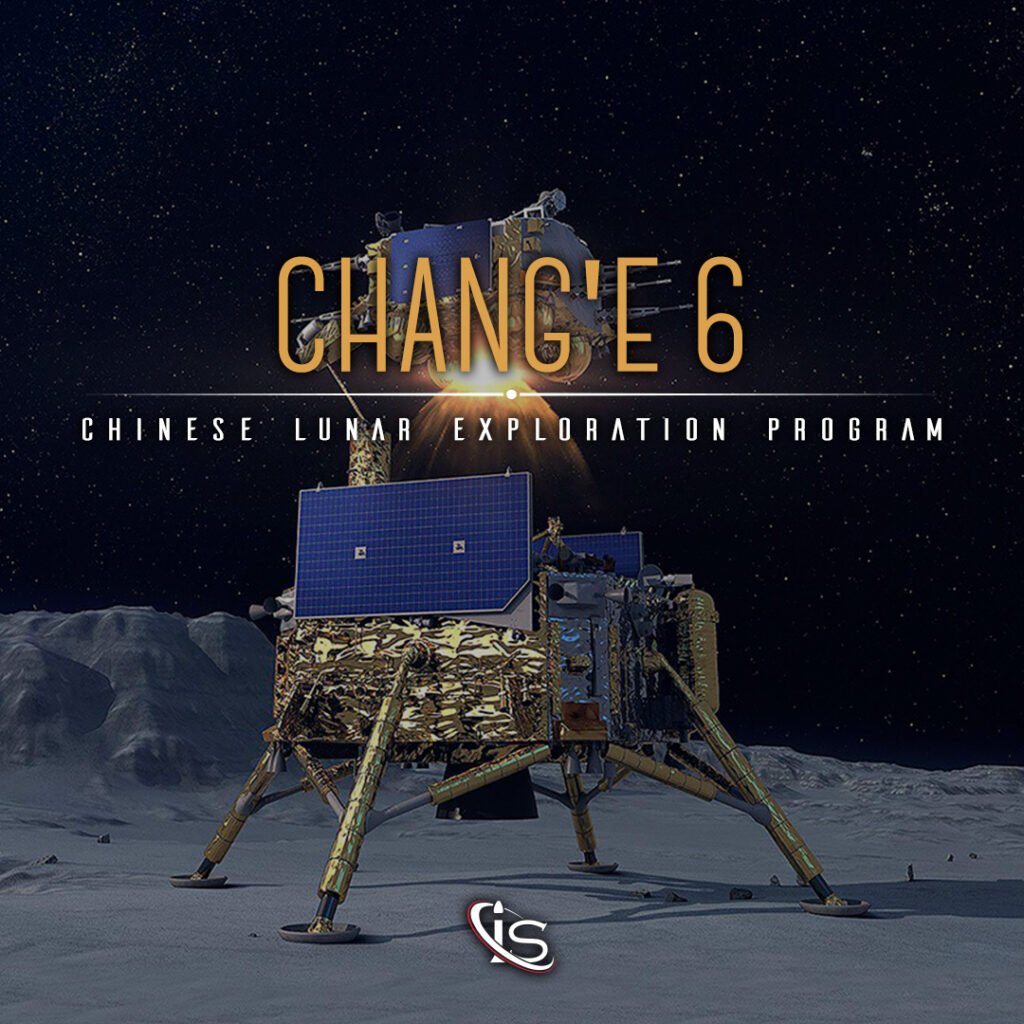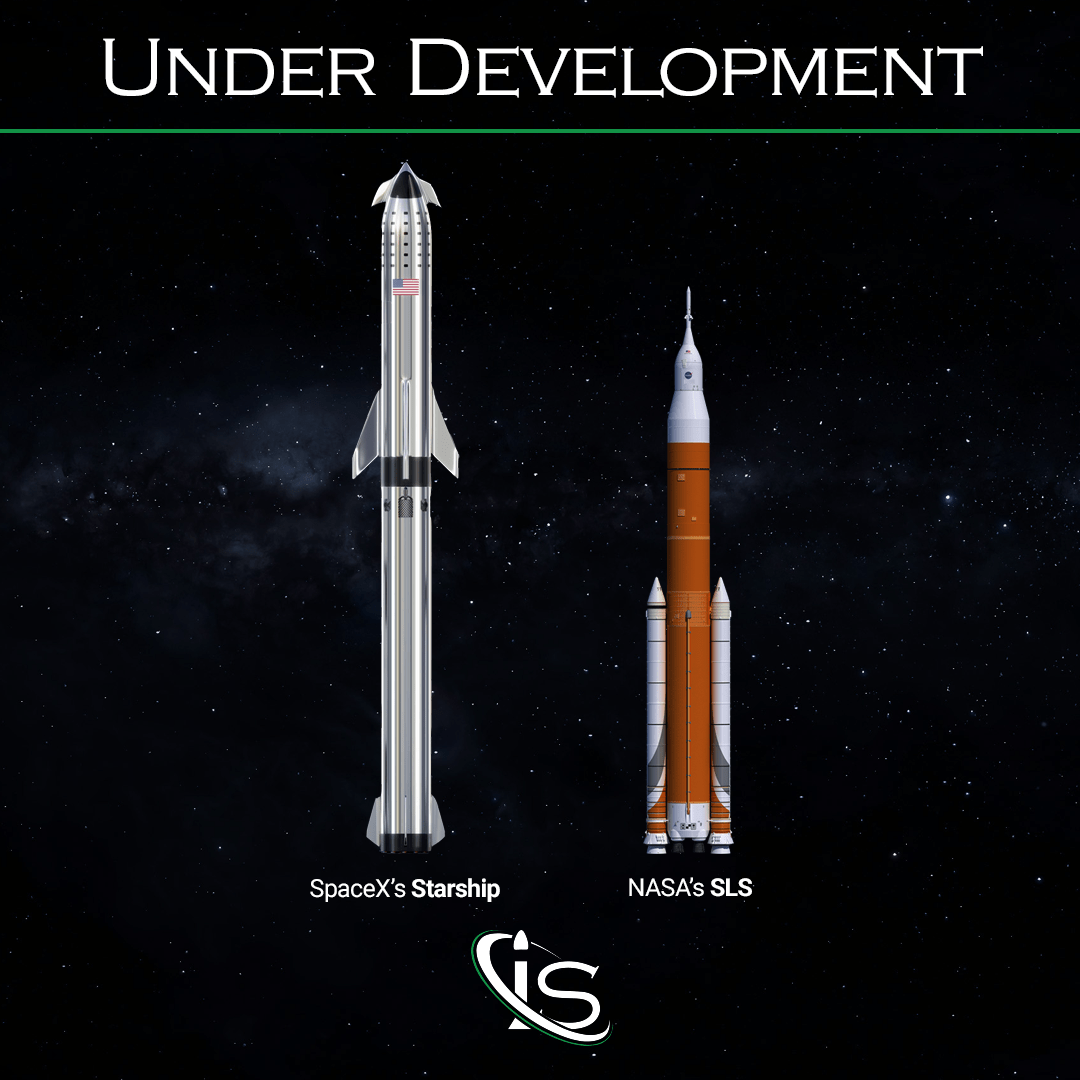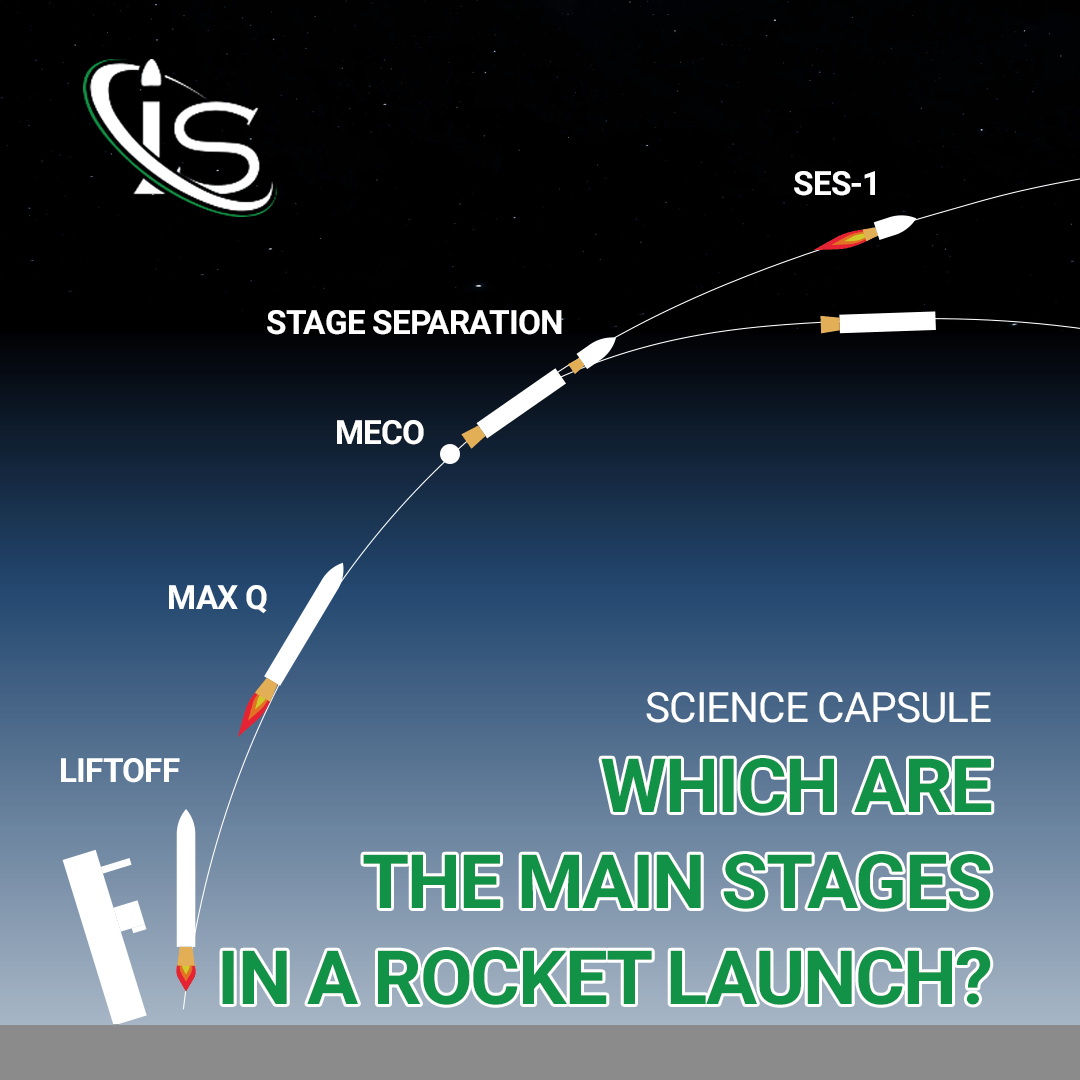Why we are going back to Saturn V? The answer is in a quote of the great astronomer Carl Sagan:
You have to know the past, to understand the present.
Carl Sagan
And this is exactly the aim of our Saturn V post. We want to walk through the rocket’s history to discover the accomplishment of our predecessor and to better understand what is the aim of present and future rockets. Here, we will speak about the rocket designed for the Apollo program, Saturn V; and next, we will go deeper into the program itself, following the same path taken for the SLS rocket and Artemis program.
Before starting with the technicalities, we want to remember that this week our stroll through the Solar System happens to bring us on Saturn, the planet which the rocket is named after; however, this is just a nice coincidence! The name of Saturn V came after its succession to the Jupiter series of rockets; after all, Jupiter is the planet before Saturn in the Solar System.
Saturn V development
NASA developed Saturn V to carry humans beyond LEO and, especially, to land humans on the Moon. Does this goal sounds familiar? Yes, in fact! It is really similar to the Artemis program which aims not only to re-transport people to the Moon after 50 years, but to even bring human exploration deeper in space; particularly, in Mars.
The head of this mastodontic project was the German-American engineer Wernher Von Braun. The development of Saturn V took place in Huntsville, at NASA’s Marshall Space Flight Center, and it came after the design of two smaller rockets: Saturn 1 and Saturn 1B.
The Heaviest, Tallest and Most Powerful Rocket Ever Built
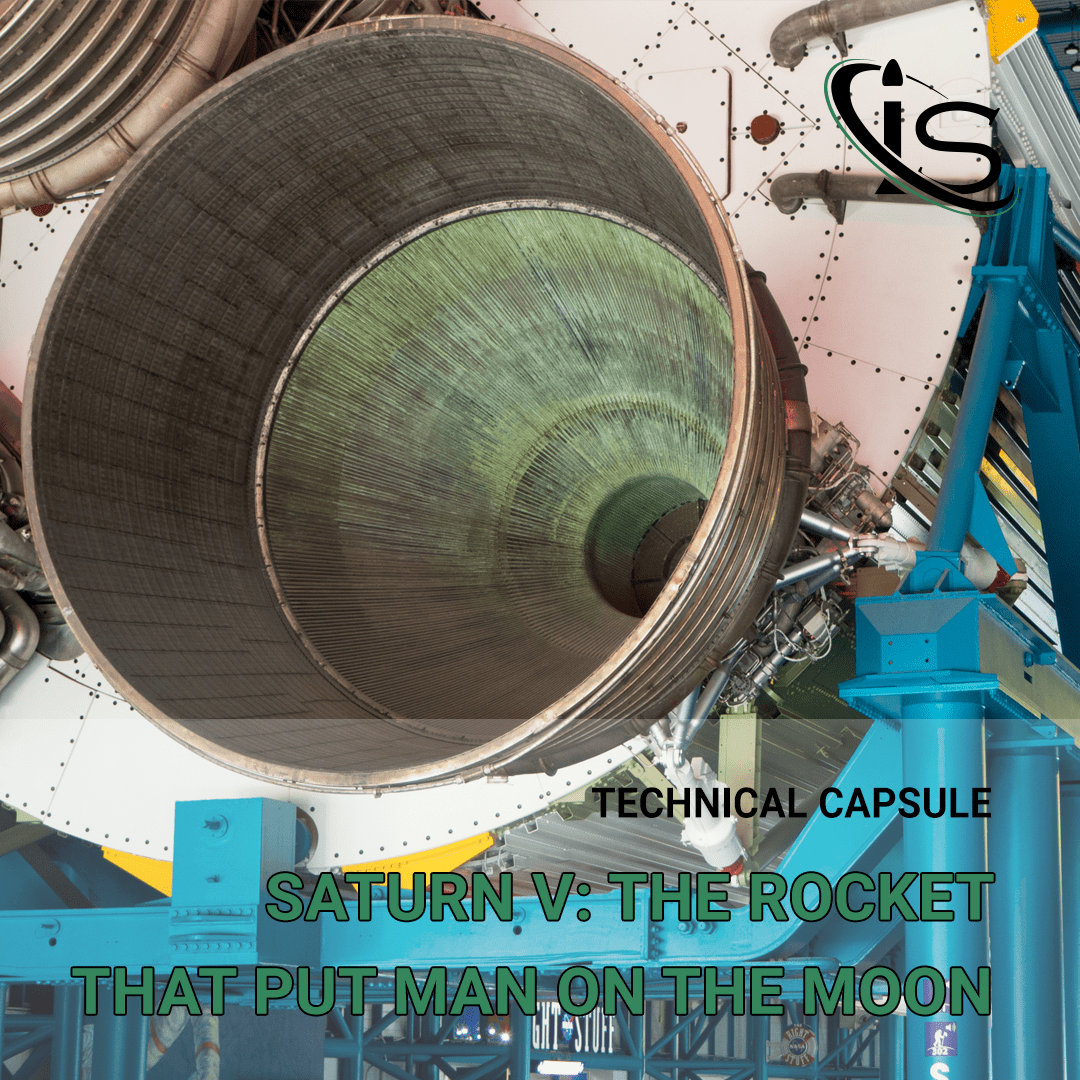
As of today Saturn V is the heaviest, tallest, and most powerful rocket ever built. I think that you can better figure out its grandeur with the help of some comparisons.
The first impression is the most important, and Saturn V had quit the impressive first impression; standing at 110-meters tall, it is 18-meters taller than the Statue of Liberty and as tall as a 36 story building.
The weight of Saturn V, about 2 900 tons, is equal to 400 elephants, with the fuel making up most of it. In fact, the first stage alone had 770 000 L of Kerosene and 1 200 000 L of LOX. The total fuel used for a lunar landing mission, instead, corresponds to the quantity needed by a car, driving at 48 km/h, to travel 800 times around the world!
The thrust of 34.5 MW, the greatest ever produced by a rocket, is more than the power created by 85 Hoover Dams. SLS 1B is trying to overcome this record aiming at a thrust of 39.1 MW, about 15% more than Saturn V.
Finally, the most important feature for a rocket: the payload capability. Saturn V has carried in orbit the heaviest payload ever; 140 tons into 170-km LEO and 43.5 tons to Trans-Lunar Injection (TLI). Almost 4 school buses!
A Patchwork of Different Contractors
As the SLS rocket, Saturn V has been a collaboration of different contractors. One by one we will discover the stages and who their manufacturers are.
The first stage, named S-IC, has been designed by Boeing in New Orleans. It is 42-meters in length, 10-meters in diameter, and contains 5 F-1 engines produced by Rocketdyne, which also produced the engines for the second and the third stages.
North American Aviation designed and manufactured the second stage, the S-II, which has the same diameter of the first but half its length and has 5 J-2 engines.
The third stage S-IVB, instead, is manufactured by the Douglas Aircraft Company in Huntington Beach, California. This is by clearly the smallest one, having only one single J-2 engine.
Assembly
I wager some of you are asking how they assembled such a huge rocket! Well, here we are. The three stages arrived at Cape Canaveral in different ways: the first with a boat sailing through the Mississippi; the second again with a boat, but through the Panama Canal; and the third was small enough to fly. When all the stages reached the Kennedy Space Center, they were assembled at the Vertical Assembly Building (VAB) and then stacked in the Mobile Launcher Platform (MLP). Saturn V was, finally, transported to the LC-39, with the Crawler Transporter, and, then, connected to the Launch Umbilical Tower by 9 arms to keep it in place. For more information on this part you can read the “How Is a Launch Pad Structured?” post.
The mission profile of Saturn V
The mission profile of Saturn V lasts for almost 5 hours, from liftoff to the TLI of the Apollo Capsule and the Lunar Lander. The Saturn V did not reach the Moon; however, all its component were fundamental to reaching the trans-lunar orbit. Let’s go through the main steps of the launch.
At t-0s, Saturn V lifts off with the thrust of the first stage.
After 2 minutes and 47 seconds, at a speed of more than 8000 km/h and an altitude of 68 km, the first stage exhausts the propellant, shuts down and separates from the rest of the rocket. After the separation, on the one hand, the first stage falls back to the Earth, crashing onto the sea; on the other hand, the rest of the rocket proceeds on its way to the moon.
In the following 9 minutes and 9 seconds, the second stage takes the rocket in space; after that, when it exhausts its fuel, the second stage shuts down, separates, and comes back to the Earth, burning in the atmosphere.
Finally the third and last stage fires for 60 to 90 seconds and takes the spacecraft in a “parking orbit”, which is a temporary holding orbit. The spacecraft continues traveling for a couple hours through propulsion, before the second ignition of the third stage. At this point, the third stage pushes the Apollo Capsule and the Lunar Landing in a trans-lunar injection orbit with a speed greater than 38 000 km/h. The third stage life has two possible ends: it can continue staying in space or it can crash onto the Moon. Usually the second possibility enables astronomers to study the Moon’s interior thanks to the “Moon quakes” created by the third stage.
Its Space Race
This will be a superficial approach on the launches’ history, since all the missions will be examined in-depth later, with the “Apollo program”. However, it is meaningful to mention here that NASA launched 13 Saturn V’s, with six crewed missions landing on Moon. 24 astronauts were carried to the Moon! This series of launches took place from Nov. 9th, 1967, to May. 14th, 1973. They all launched from the Launch Complex LC-39 of the Kennedy Space Center.
Saturn V retired after another milestone of the Space Race: the launch of Skylab, the first American Space Station. This mission was the only one with a two stage Saturn V configuration. The third stage was not required as the payload just needed to reach an LEO and not a Trans-lunar orbit.
This is it for Saturn V. This colossal rocket needed to be treated in our “Technical Capsules“! Now it’s time for us to collect our ideas and start working on the Apollo program, the amazing missions that required the creation of this huge rocket in the first place.
